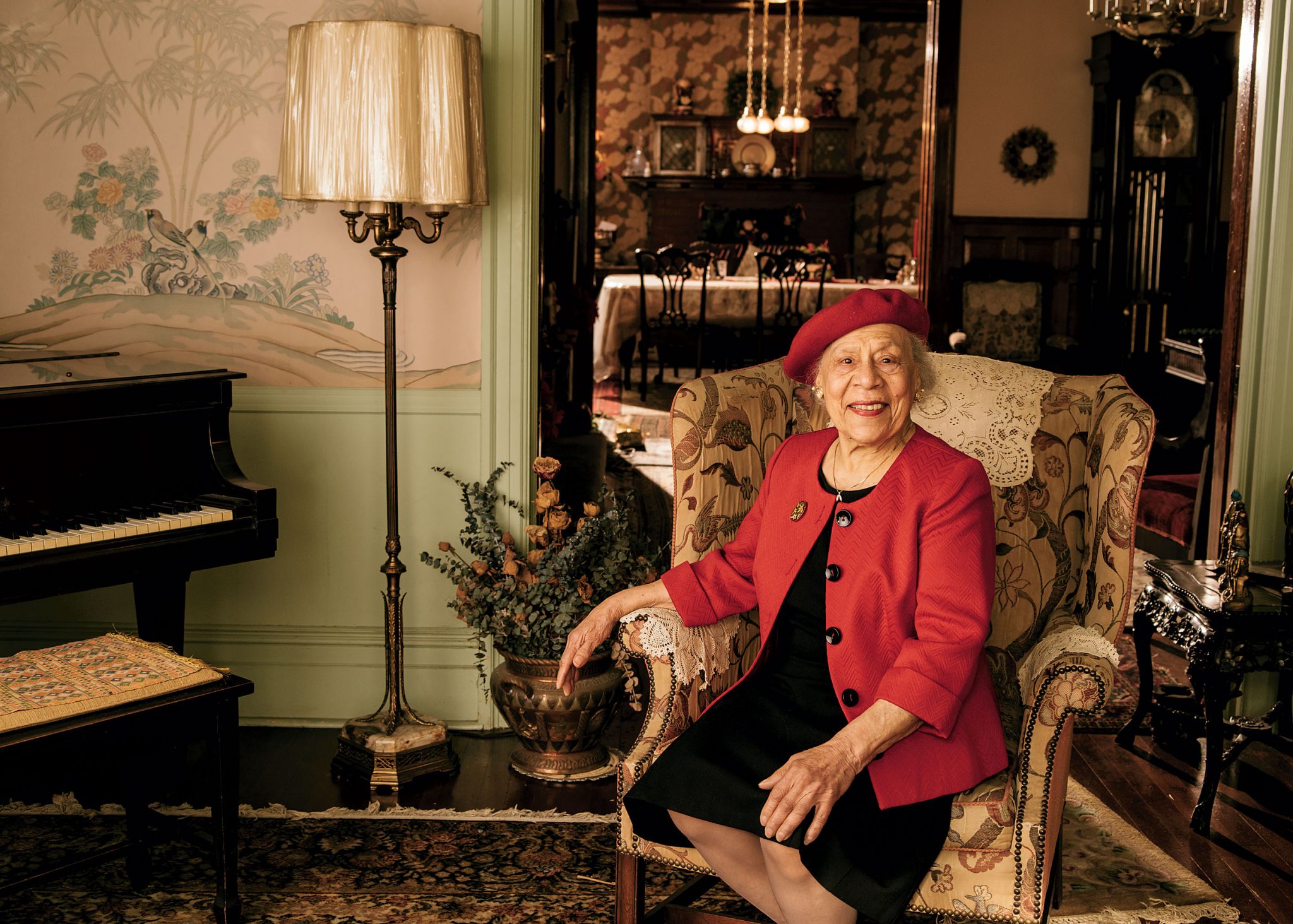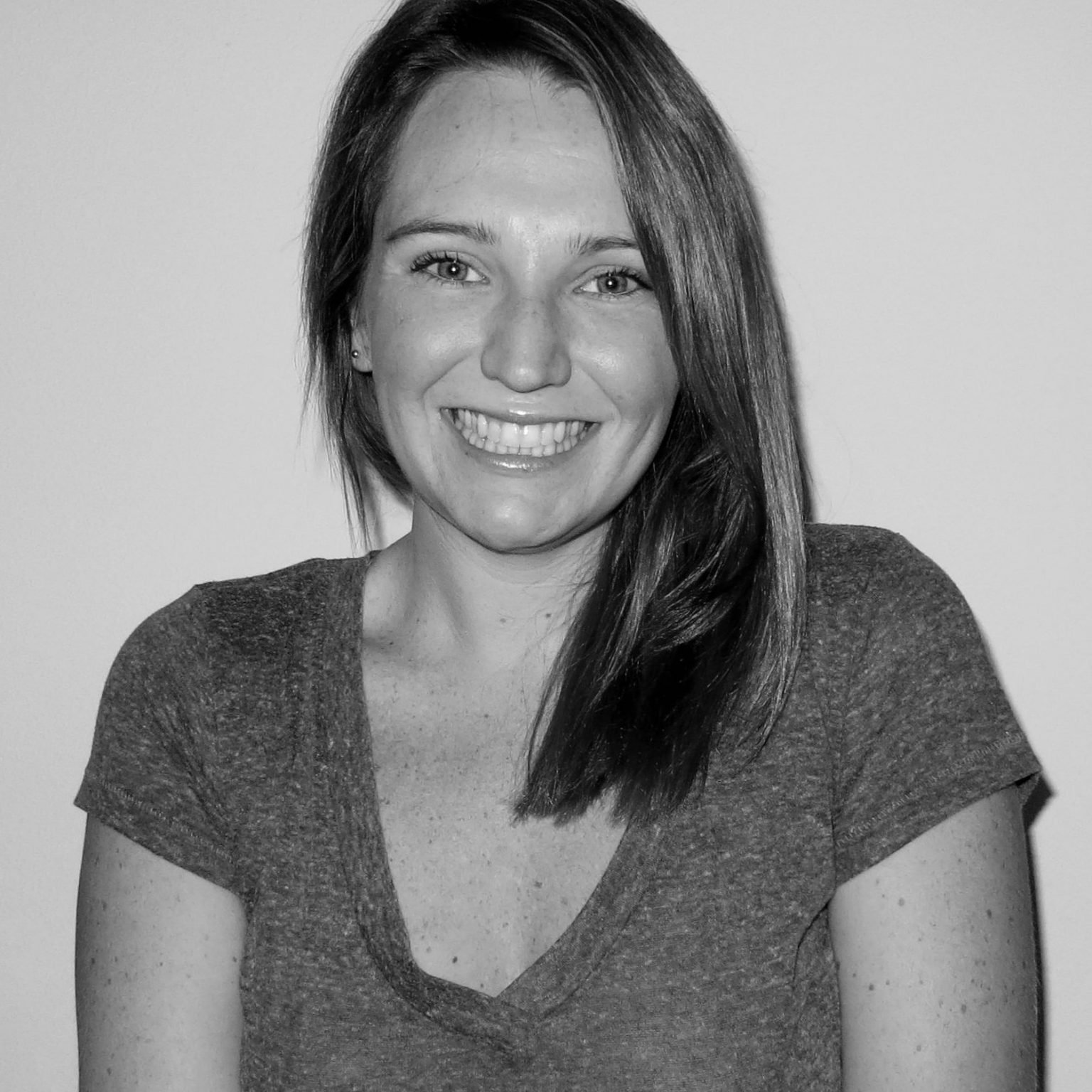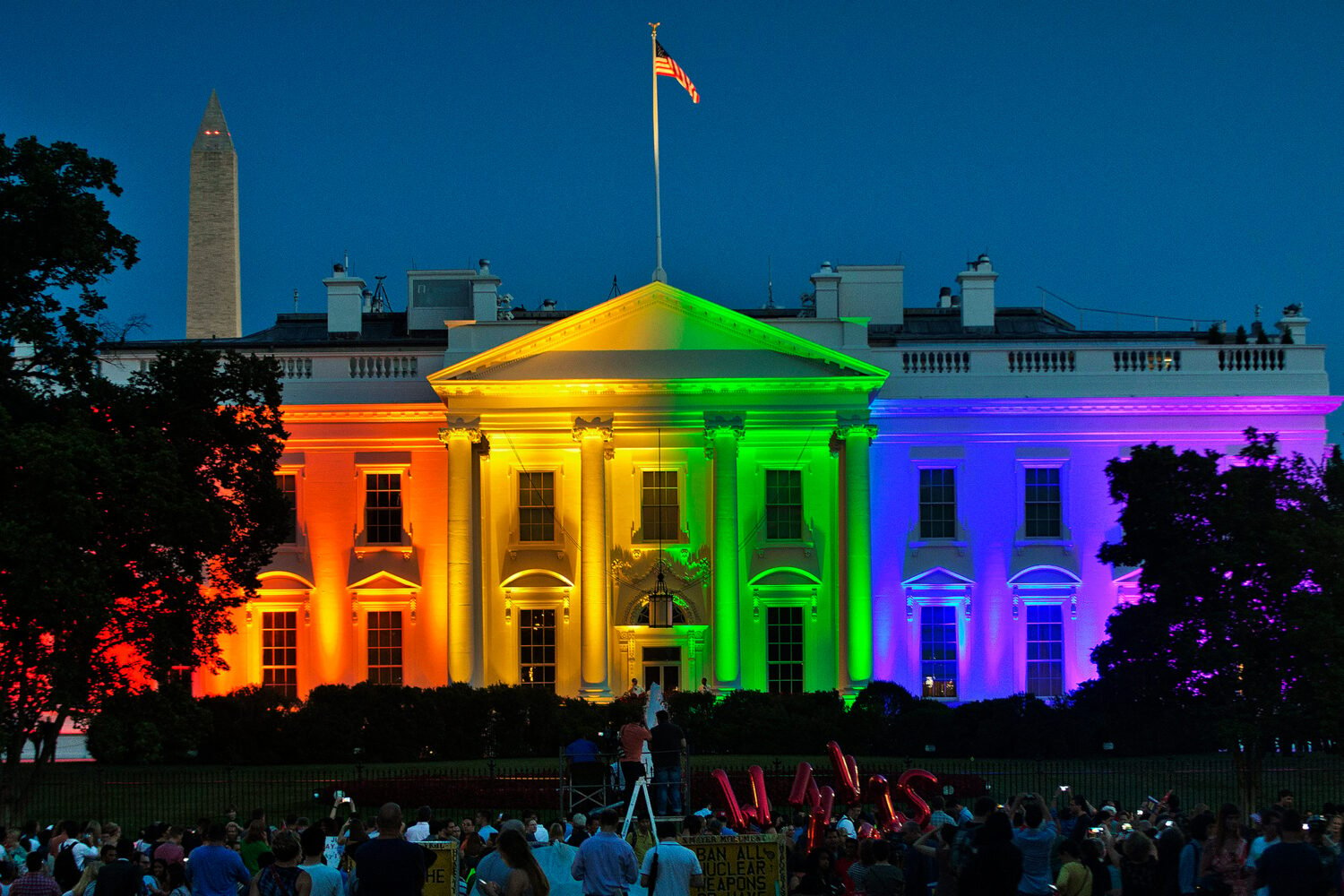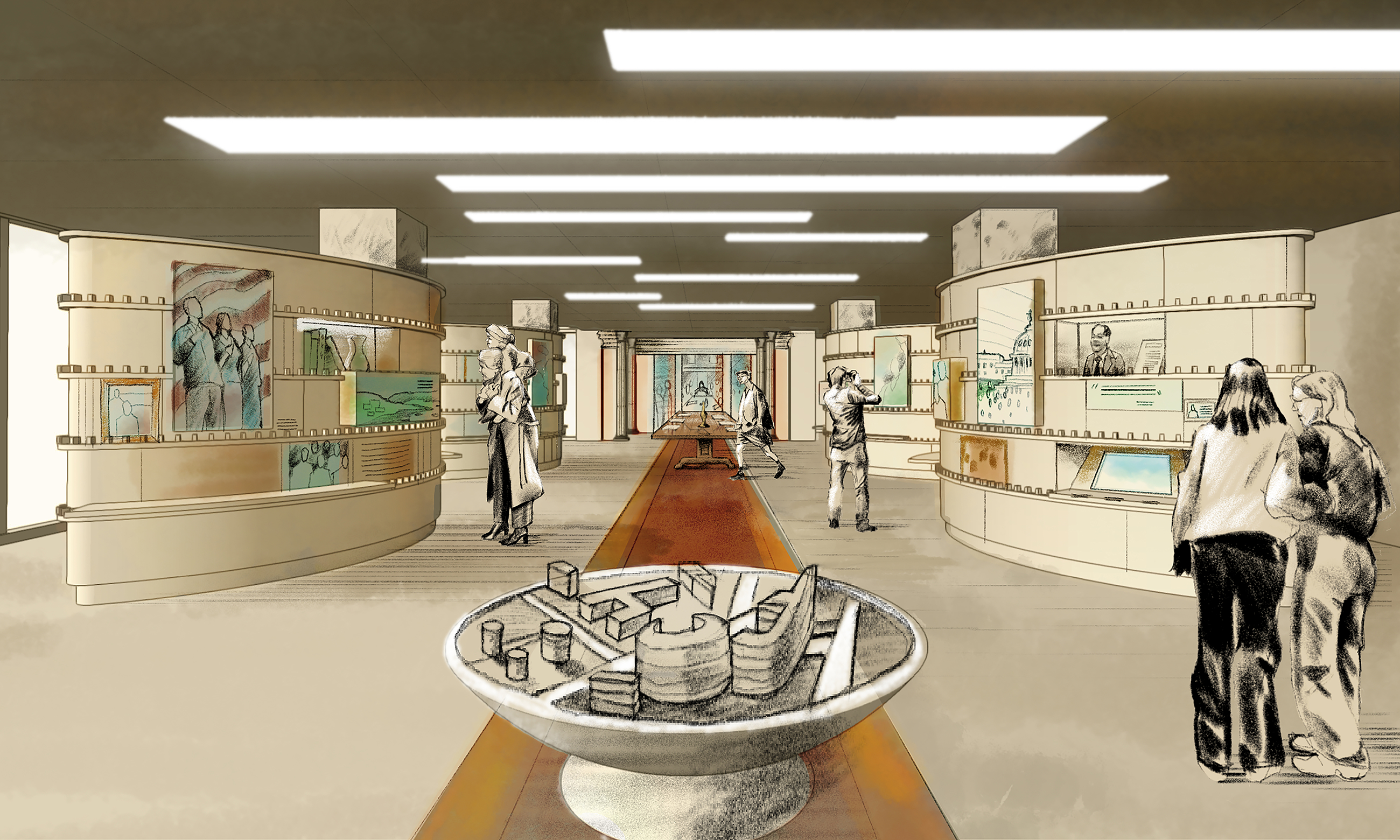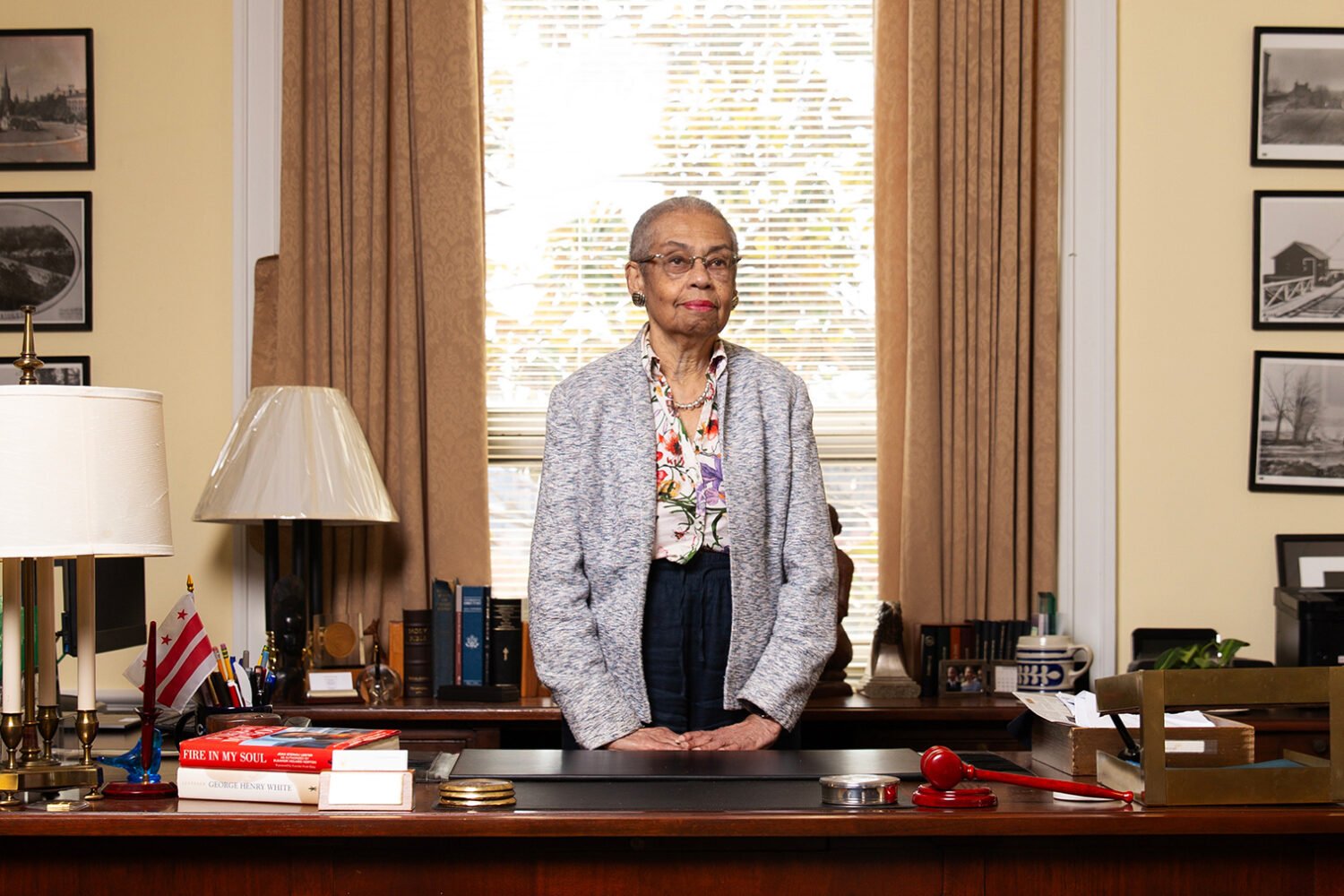In Therrell Smith’s 99 years, she has lived in just two houses. The first was near Ninth and S streets in Shaw. The second is right on Logan Circle—a 5,000-square-foot mansion built in 1903 that her father bought 87 years ago.
These days, Smith lives there with younger family members. She moves to wind the clock and show off her mother’s hutch with the careful control of a ballerina—which she has been for 91 years, having trained at Carnegie Hall and opened her own school in DC when segregation barred her from joining the major companies. The three-story house hasn’t been easy to keep up. But she’s never wanted to sell, not back when conventional wisdom was that the neighborhood was doomed, and not today when prices are astronomical. The house was a gift from her father, and holding onto it has been “a labor of love.”
What do you remember about Logan Circle from when you were a kid?
I was 12 years old [when I moved to this house], so I wouldn’t call that a kid. I had responsibilities. We didn’t even have stop signs or electric lights. I went to school at Garnet-Patterson. I loved school. The teachers were very good there. There was so much segregation, and you couldn’t get jobs, so the most intelligent people—the doctors’ wives and whatnot—were teachers.
And now you’re a teacher.
I teach ballet. I have not stopped. I have a studio on Bunker Hill Road near Catholic University. My father bought me my first dance studio on Rhode Island Avenue in Woodridge, and he bought my sister her nursery school [LeDroit Park Nursery School]. He believed in you owning something, and he believed in you being in business. If you own something, they can’t put you out.
I studied in New York at Carnegie Hall. My classes first started at my sister’s nursery school because one of the parents said, “Would you please teach Joanie to dance on Saturday?” And I said, “Sure.” That’s how it got started. I’ve been teaching since. That was in 1948.
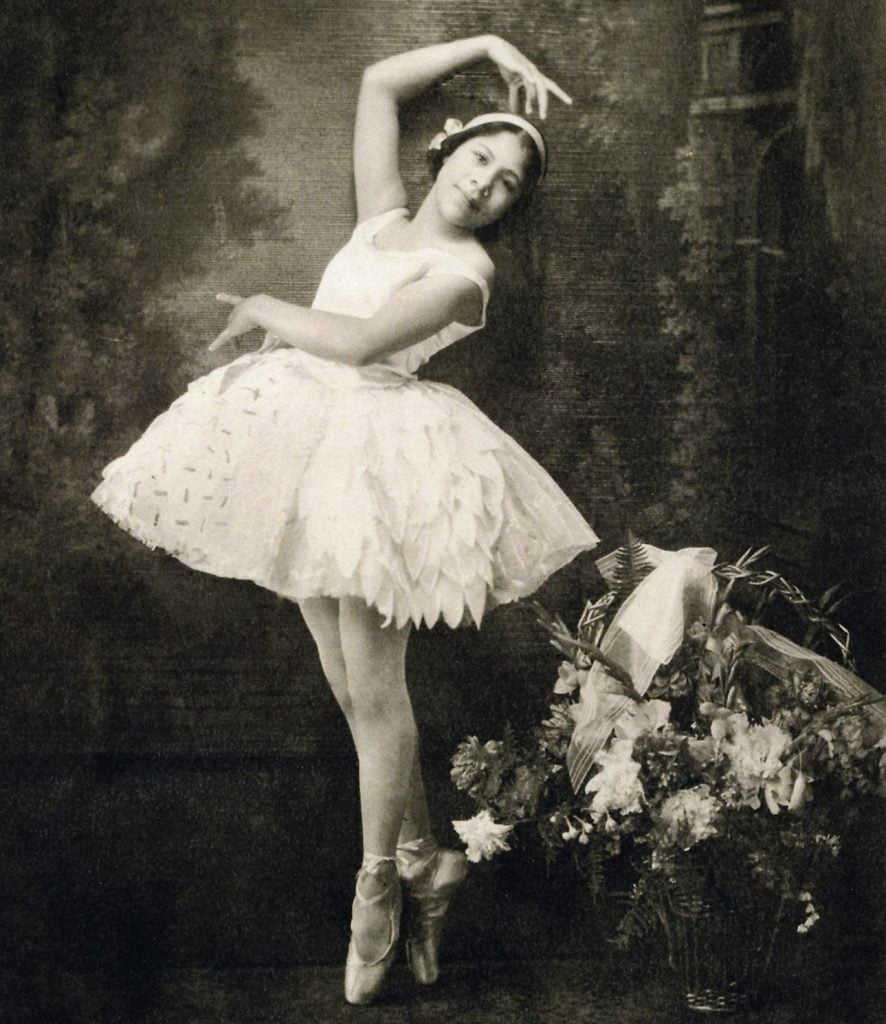
How has the neighborhood changed?
It was very different. It was all segregated. In fact, [white people] wouldn’t even particularly want to live next door to you. So you can see how I feel now when everybody, now they’ve all come back. They’ll move anyplace. Anyplace they can get. The segregation was—what should I say? It was just so unfair. It was so unfair, like somebody’s better than somebody else.
But you don’t live with hate. So you just look for things to get better, and of course they did. When we first moved here, this property didn’t have any value hardly at all. This house wasn’t worth that much. Now look what it’s worth.
Why do you think that changed?
When we moved here, the whites wanted to move to the suburbs. If anybody of color moved next to you, the whites were going to move, like you’re poison. When we moved here, people still called this Iowa Circle. Do you know that when all the others moved to the suburbs, they cut the park [out of the circle] and took all our sidewalks? They made a street that went straight through the park. In the morning, it was one way going south, coming in from Maryland, and in the evening it was one way going north.
That made it easier for everybody who had moved to the suburbs to get away. This wasn’t just here; it was the whole trend of the country—the suburbs was the place to be.
What about later?
Then everybody starts moving back. That’s progress, I guess. In the ’60s, Martin Luther King was assassinated, and you know they rioted and all 14th Street was torn up. I can see them now running across the park. I stood out there and saw it. . . . You felt pretty safe because they weren’t going to come over here and tear my house up. But I guess it had to be frightening. To have him assassinated was a terrible thing. So you might have been frightened, but you knew why this was happening.
What could you do in the neighborhood as a family?
Back then, you couldn’t sit down anyplace. Most of our social life or any kind of life was on U Street. You would go to the theater. My father loved the Howard Theatre, the Lincoln, the Republic, and the Booker T. I remember one place made wonderful sherbet—raspberry was the speciality. But we were a family, and at 4 pm we all set down to have dinner. We were fortunate enough that my mother cooked and we had help. Everything is restaurants now, but we had home cooking.
It’s changed. The lady next door—for years I called her Aunt Bessie. She would give fabulous card parties. That’s what they were called. That was social life. But now there aren’t many families [of color] around here anymore. I think I might be the only one left on the circle.
Any plans to retire?
What I want to do now more than anything else is to reach out to children who have not. The have-nots. Of course, it’s not as easy, but I’m ready to go. I love working with children. When I get into my leotard and I’m in the studio, I’m a different person.
This article originally appeared in the February 2017 issue of Washingtonian.

